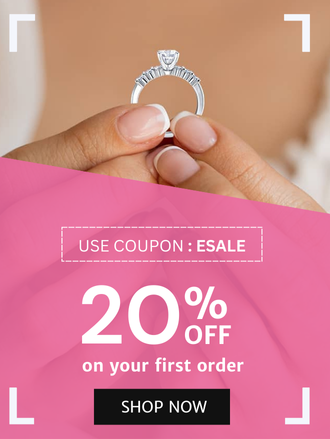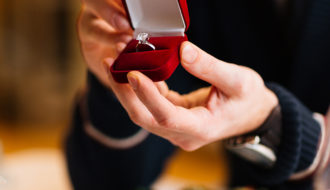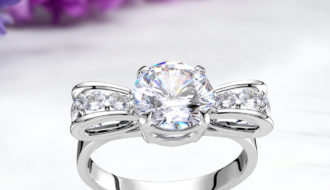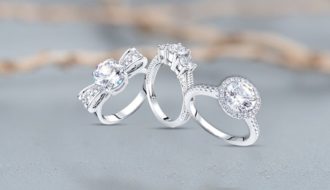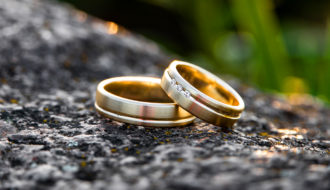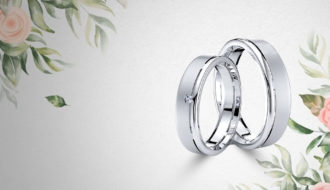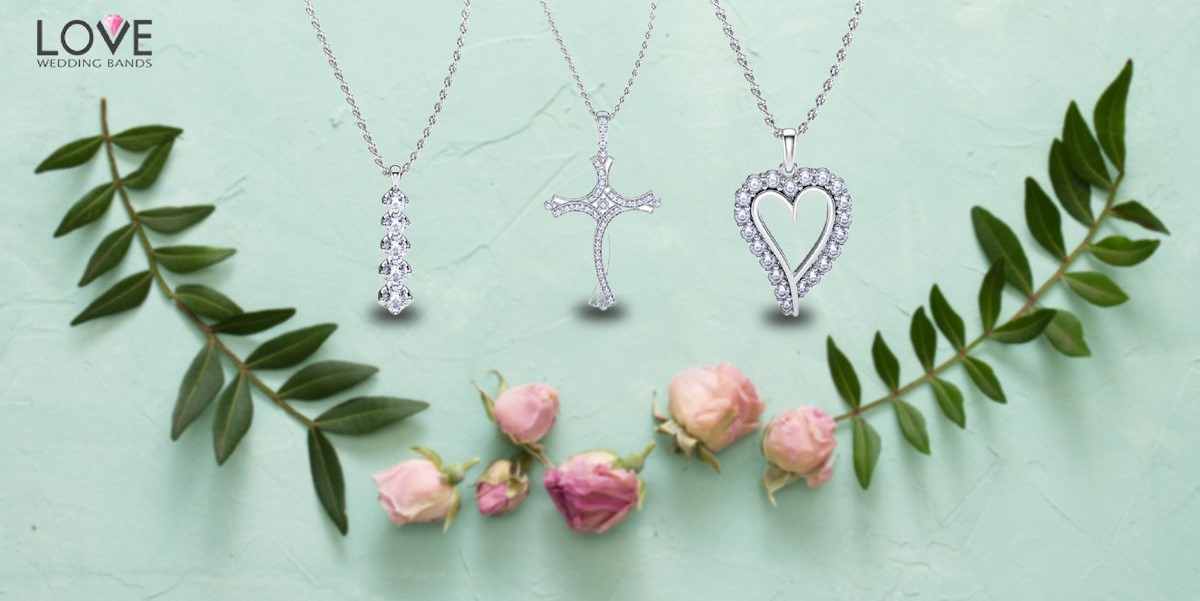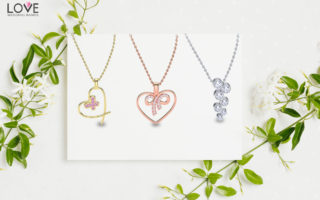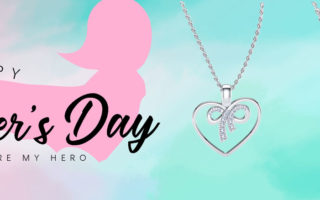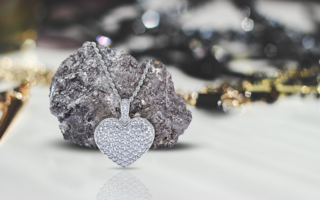Designing your own pendant is an exciting endeavor that allows you to create a one-of-a-kind piece of jewelry that reflects your personality and style. From choosing the shape and material to incorporating meaningful symbols and gemstones, every decision adds a personal touch to your pendant. In this blog post, we’ll guide you through the process of designing your own pendant, helping you create a truly unique and meaningful piece.
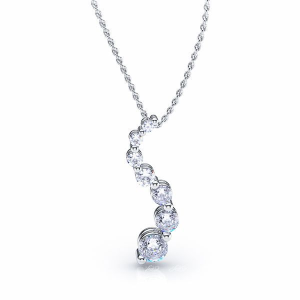
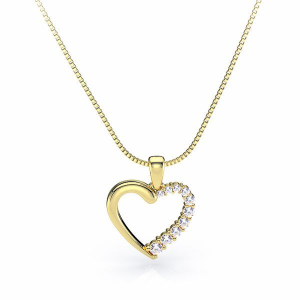
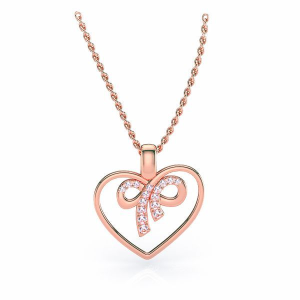
Pendant Shape: Making a Statement
Choosing the Shape: The shape of your pendant sets the overall aesthetic and style. Whether it’s a classic round pendant, a sleek geometric design, or a whimsical heart shape, select a shape that resonates with your personality and preferences.
Three-Dimensional vs. Flat Designs: Consider whether you want your pendant to have depth and dimension or a simpler, flat design. Three-dimensional pendants can add visual interest and uniqueness to your piece.
Material: Elevating Your Pendant’s Essence
Precious Metals: Gold, silver, and platinum are timeless options for a pendant. Each metal has its own characteristics, such as gold’s warm glow or silver’s cool elegance. Choose a metal that aligns with your personal taste and budget.
Non-Precious Metals and Alternative Materials: If you prefer a more affordable or unconventional approach, consider non-precious metals like stainless steel or brass. Alternatively, explore materials like wood, glass, resin, or gemstones to infuse your pendant with a distinct character.



Gemstones or Inlays: Adding Color and Sparkle
Selecting Gemstones: Gemstones can inject vibrant colors and a touch of elegance into your pendant. Research different gemstone options based on their meanings, colors, and personal preferences. Birthstones or your favorite gemstones are popular choices.
Incorporating Inlays: In addition to gemstones, you can explore other decorative inlays such as mother-of-pearl, abalone, or enamel. These materials can add texture and visual interest to your pendant.
Engravings or Inscriptions: Personalizing Your Pendant
Meaningful Engravings: Consider adding personalized engravings to your pendant. This could be a name, initials, a significant date, or a meaningful phrase. Choose a font style and placement that harmonizes with the overall design.
Secret Messages or Symbols: Explore the possibility of incorporating hidden messages or symbols in your pendant. These can be special codes or symbols that hold personal significance, known only to you.
Symbolism or Meaning: Infusing Depth and Significance
Symbolic Motifs: Determine if there are any symbols or motifs that hold personal significance for you. It could be a religious symbol, a nature-inspired design, an animal, or something else that represents your values or beliefs. Incorporate these symbols into your pendant design to add depth and personal meaning.
Cultural or Heritage Influences: Draw inspiration from your cultural background or heritage to create a pendant design that celebrates your roots. This can be a beautiful way to honor your family traditions and history.
Size and Proportions: Finding the Perfect Fit
Consider Usage: Think about how you intend to wear your pendant. If it’s meant for everyday use, a smaller and lightweight design might be more practical. On the other hand, for occasional or statement pieces, you may opt for a larger and more eye-catching pendant.
Balancing Proportions: Ensure that the size and proportions of your pendant are harmonious. It should complement your body frame, neck length, and personal style. Experiment with different sizes to find the perfect balance.
Chain or Cord: Complementing Your Pendant
Choosing the Chain: Select a chain or cord that complements your pendant design. Consider factors such as the material, length, style, and thickness of the chain. Ensure that it enhances the overall aesthetic and securely holds your pendant.
Metals and Materials: Choose from various metal options such as gold, silver, or stainless steel. Alternatively, explore leather cords or fabric chains for a more eclectic or casual look.
Chain Styles: From delicate chains to chunky links, there are numerous chain styles to choose from. Consider how the chain style aligns with the design of your pendant and your personal style.
Seek Professional Help: Bringing Your Vision to Life
Jewelry Designers and Jewelers: If you’re unsure about the design process or lack the necessary skills, it’s advisable to seek assistance from professional jewelry designers or jewelers. They have the expertise to guide you through the design process, offer valuable advice, and translate your vision into a tangible pendant.
Custom Jewelry Services: Many jewelry stores and online platforms offer custom jewelry services, allowing you to collaborate with skilled artisans to create a pendant that meets your specifications. Take advantage of these services to bring your unique design to fruition.
Conclusion:
Designing your own pendant is an opportunity to express your individuality and create a piece of jewelry that holds personal significance. By considering factors such as pendant shape, material, gemstones, engravings, symbolism, size, chain selection, and seeking professional help when needed, you can design a pendant that truly reflects your style, personality, and values. Embrace the creative process and enjoy the journey of crafting a unique and meaningful pendant that you’ll cherish for years to come.
